This twentieth-century castle was named after one Drogo de Teigne who is thought, by the castle's original owners, the Drewe family, to have been a Norman baron and their ancestor.
The Drewe family's time at this West Country castle began in 1911 when the building work began. Julius Drewe was a young and wealthy grocery tycoon and the original owner of Castle Drogo, his fortune was made through his Home & Colonial Stores. The first store arrived on our English high streets in 1883 and the last in 1903. Within those twenty years, Drewe built up a chain of over five hundred stores.
The castle was completed only eight decades ago in 1931 and designed by architect Edwin Lutyens. Julius Drewe's castle was designed to appear as though it was rising from the cliff face as if it had grown 'organically over the centuries.' The building of Castle Drogo began in 1911, but the labour shortage due to the First World War saw the work on Drewes dream home come to a halt and the death of his son Adrian in 1917 from a mustard gas attack in Ypres France saw the end of his dream.
Since then the castle has been in much need of repair, the main problem area is the brickwork which has been severely damaged, the result of water pouring in from the original badly built roof. In 1974 Castle Drogo was given to the National Trust. It has also been given a Grade I listed building status and is presently in its second year of a 5-year conservation project to protect the castle from more water damage.
I have much sympathy for Julius, why is it we scoff at men like him? Why do we say they have "ideas above their station" or
" they are trying to be someone they are not."
Don't some of us look back through history in the hope of finding a solid connection to our past, a something, an anything to attach ourselves to in a fragile world that we are unsure of? I certainly do. Don't we all look in estate agent's window and gaze in wonderment at those big houses with even bigger gardens and hope one day that we too might be living in one.
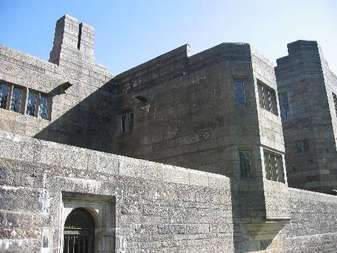
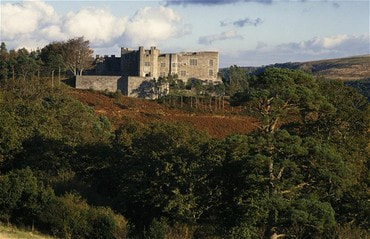
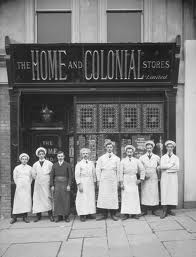
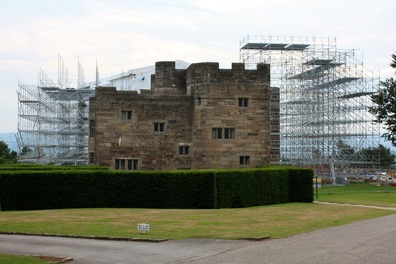
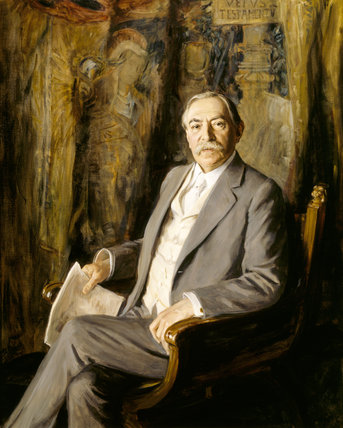
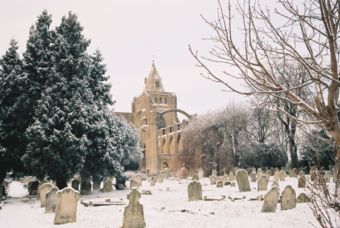
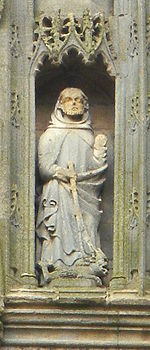
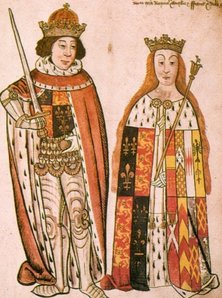
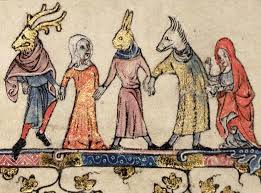
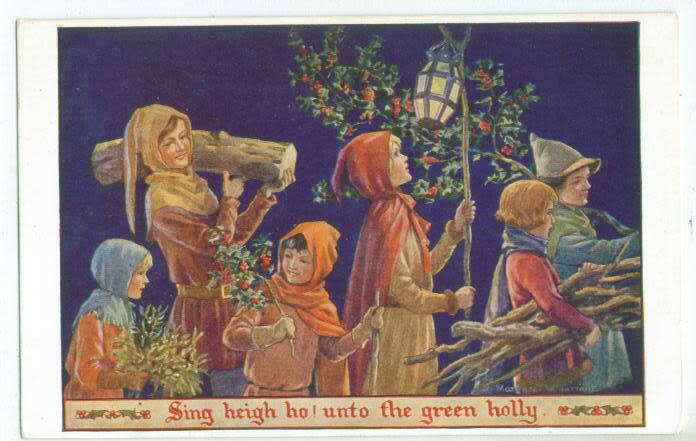
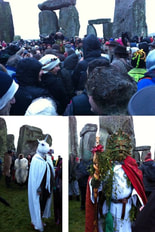
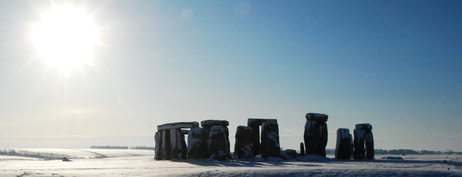
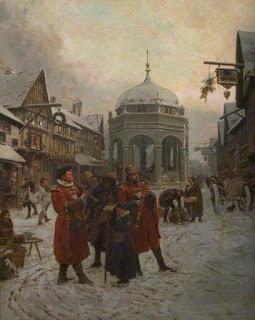
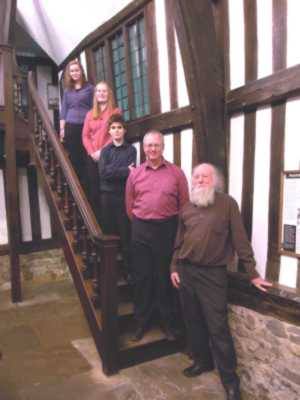
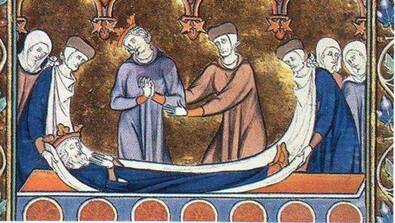


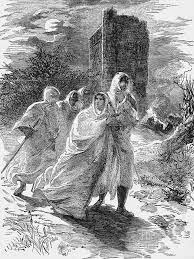
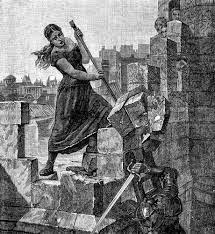
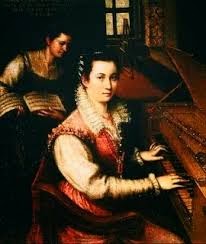
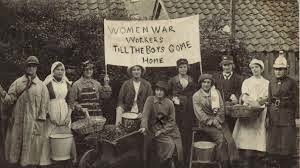
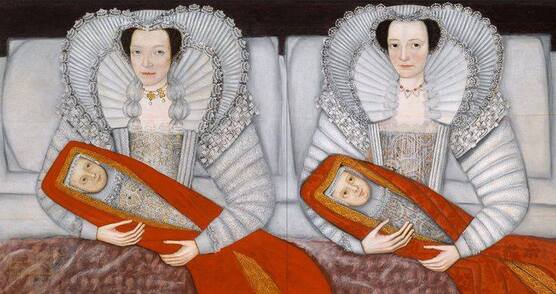
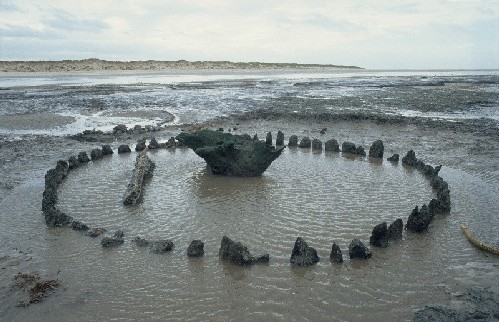
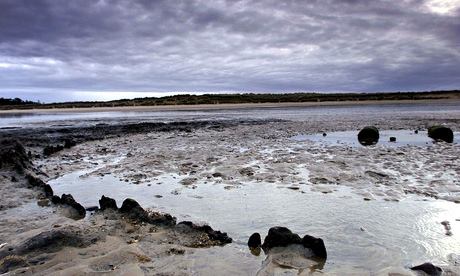

 RSS Feed
RSS Feed
